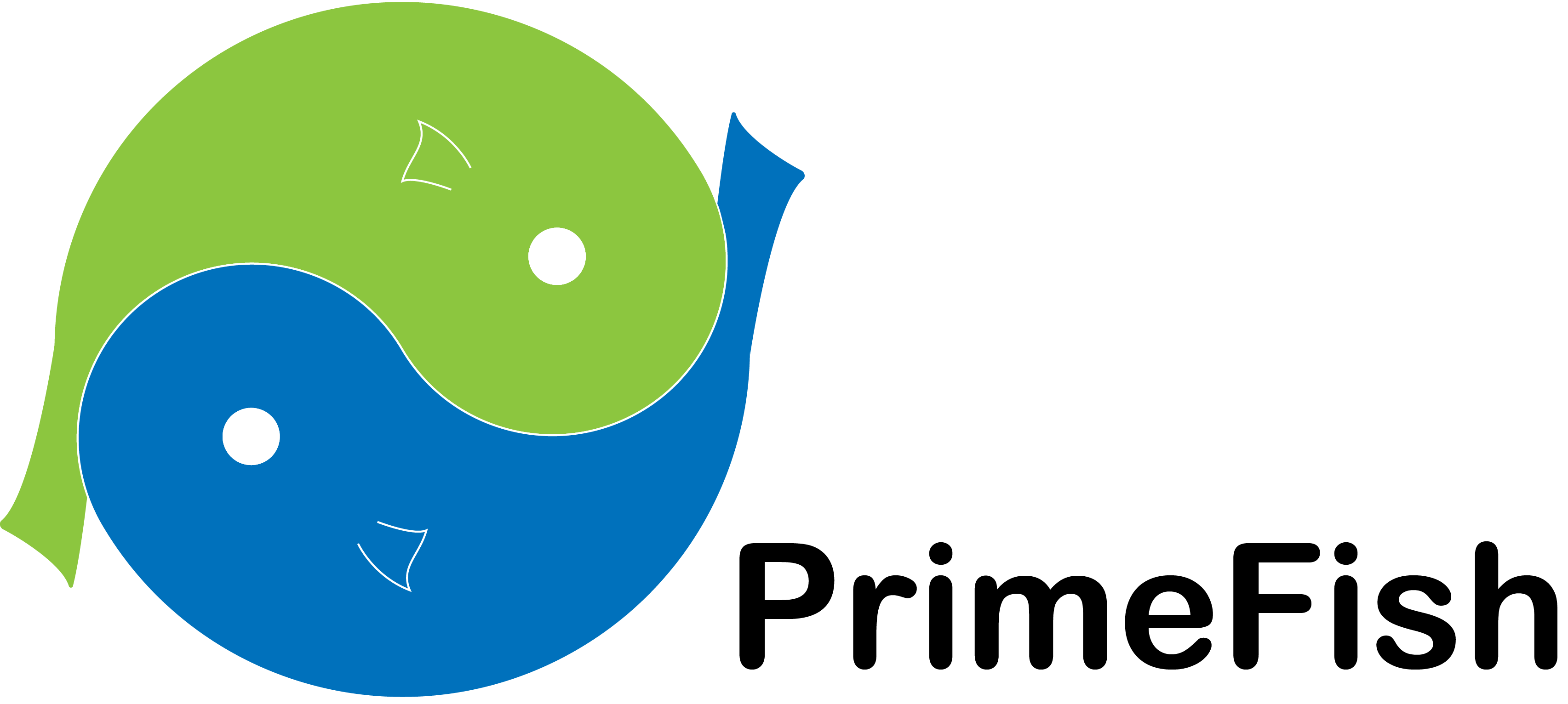Warning message
The subscription service is currently unavailable. Please try again later.
The deadline for the PrimeFish competition “Promoting Seafood Consumption” has closed with the participation of 7 videos that show very different approaches to seafood. From highlighting the role of women to the organoleptic characteristics of the products, we invite you to browse the cultural, societal and economic values of the sector.
Interested participants can now send their creations until the 17th February 2017 at 08:59:59 AM CET. The short film competition aims to promote the seafood consumption and its cultural, societal and economic relevance. Everybody over 18 years old can participate with 1 minute lenght videos. Participants can obtain a prize of 1,500 euros and the opportunity to film a video in a H2020 research meeting.
Take into account
Pages
